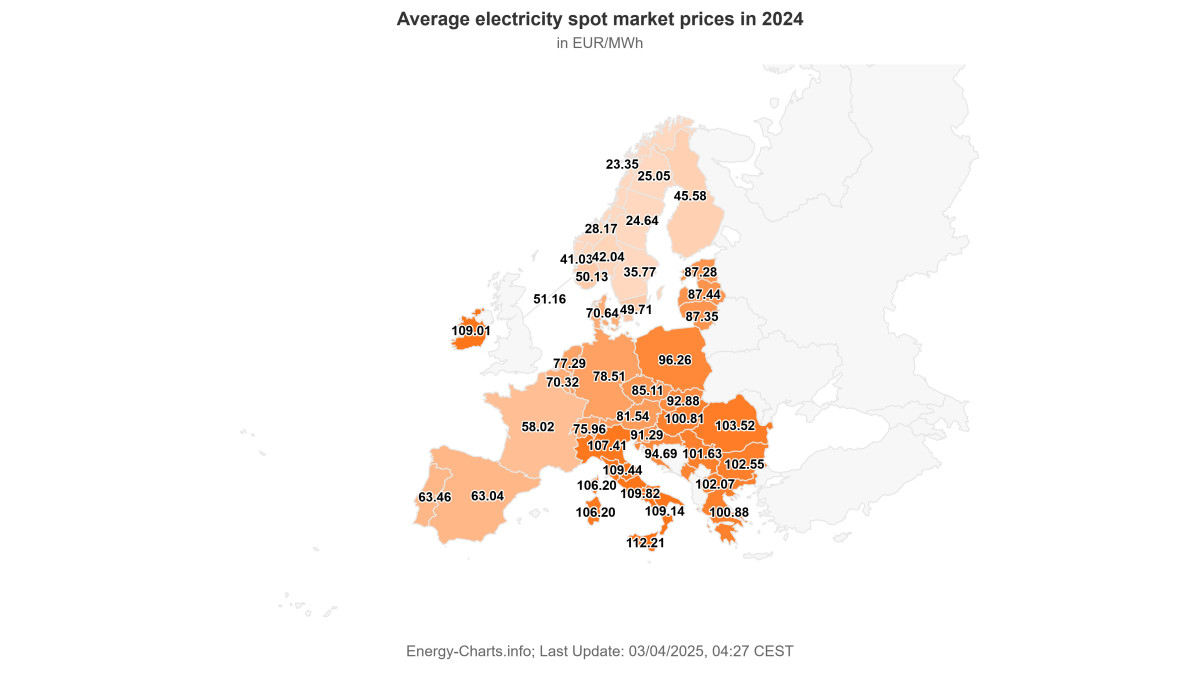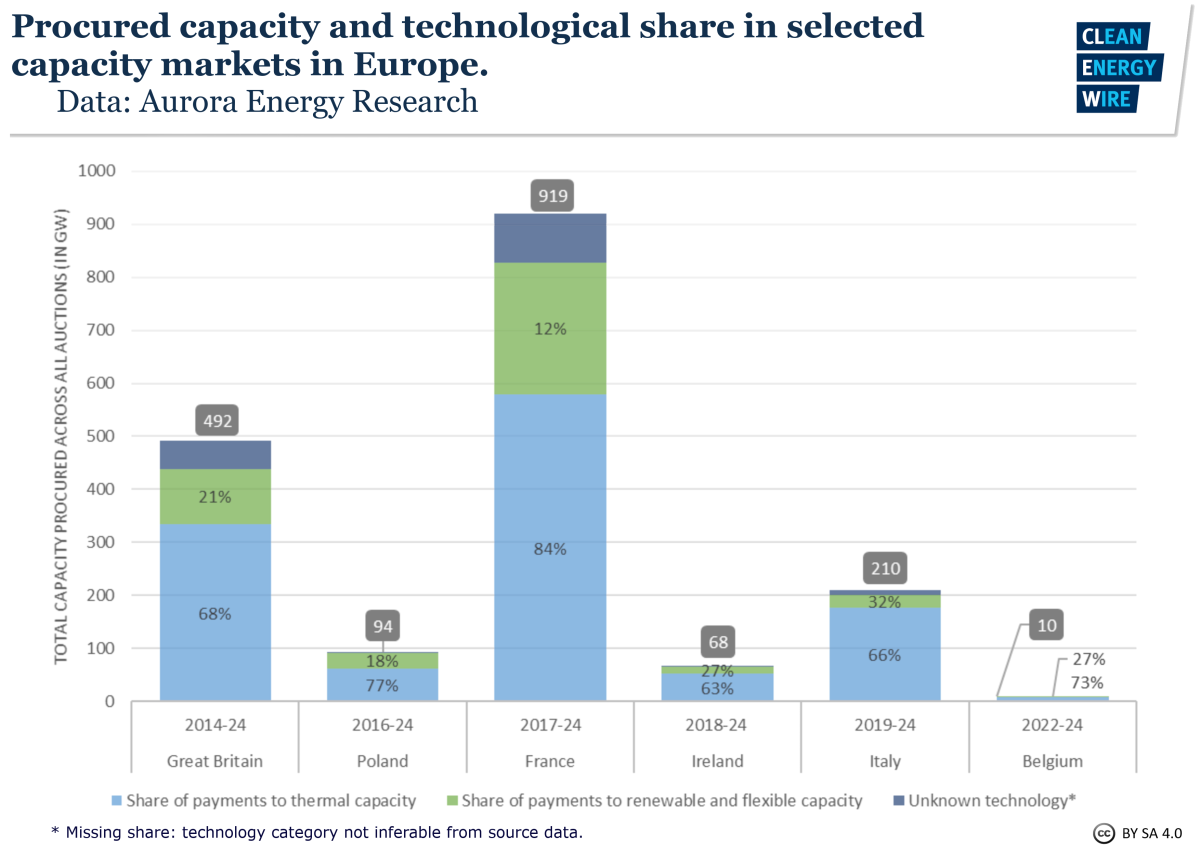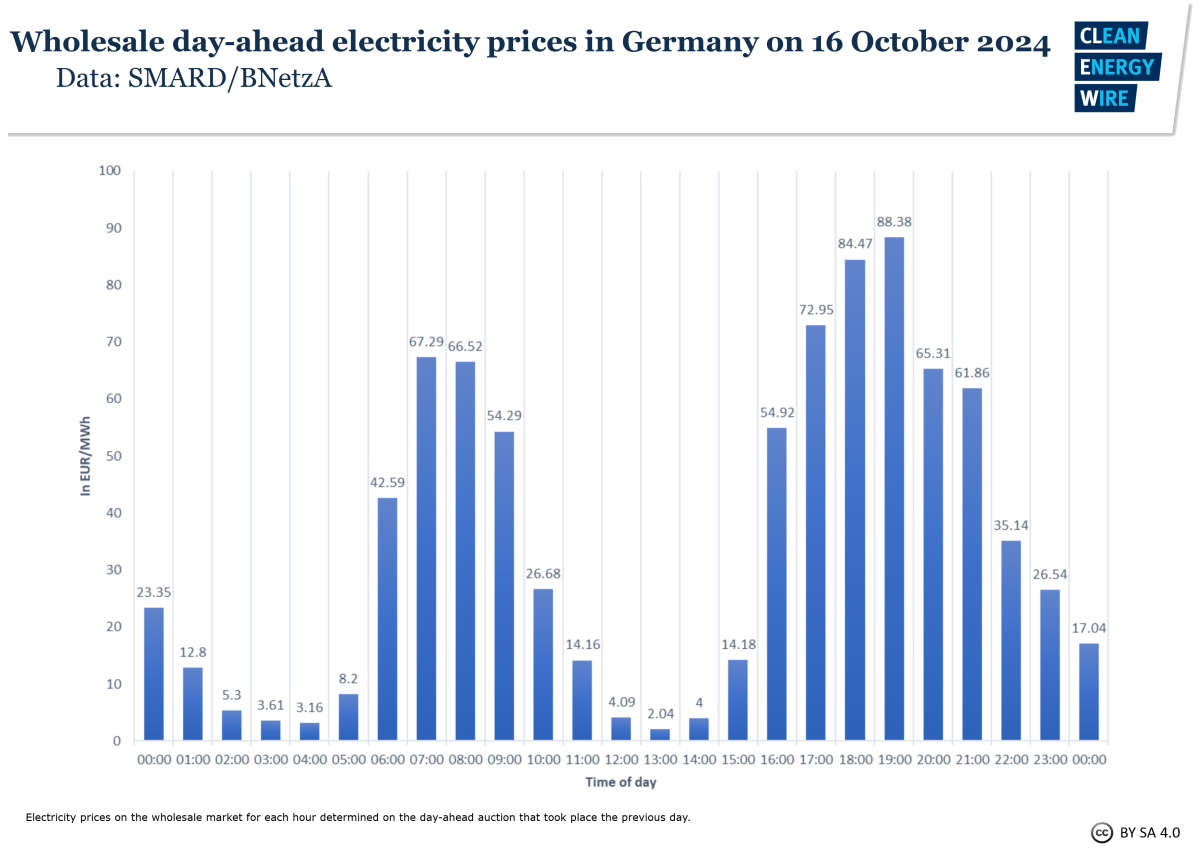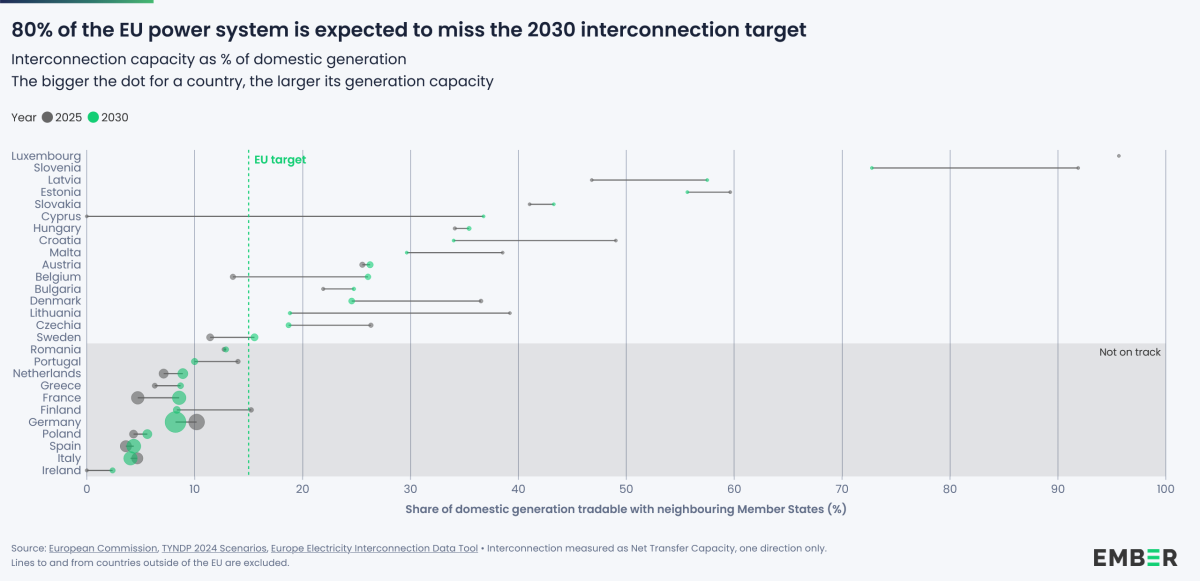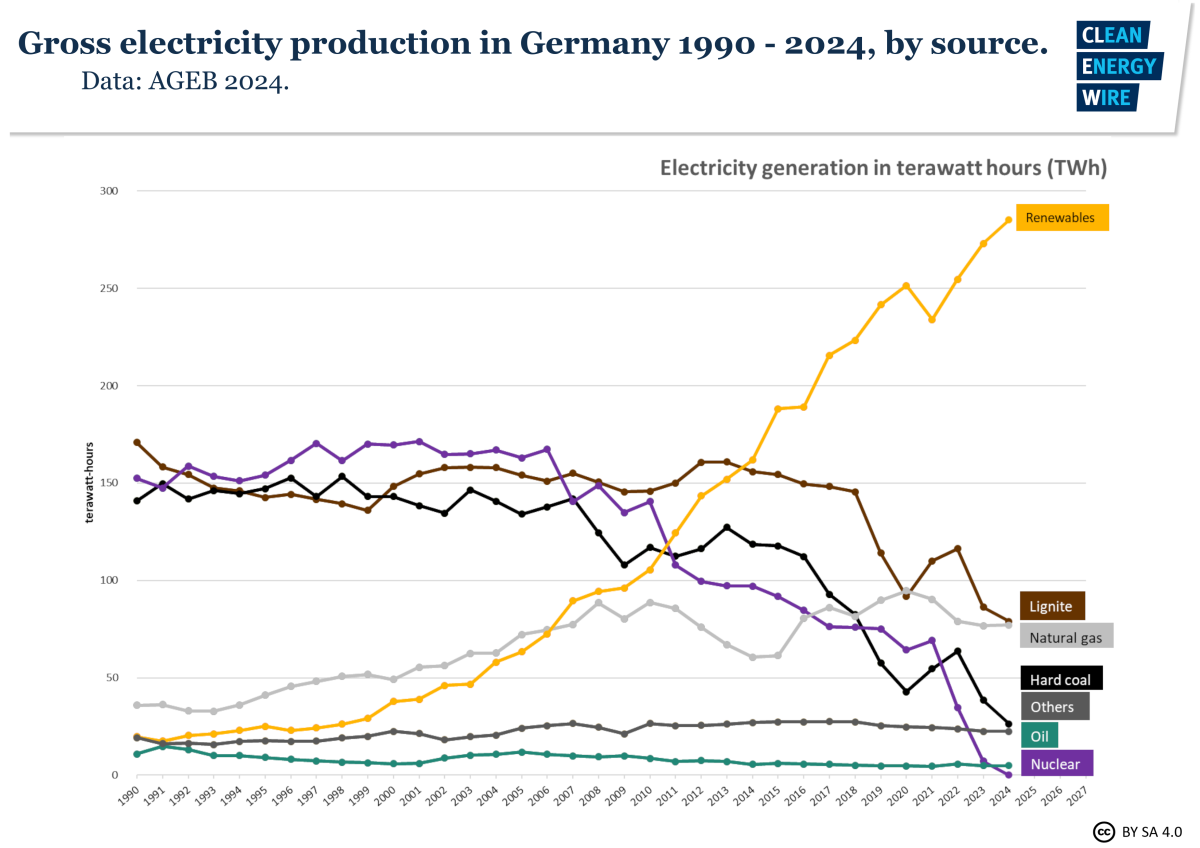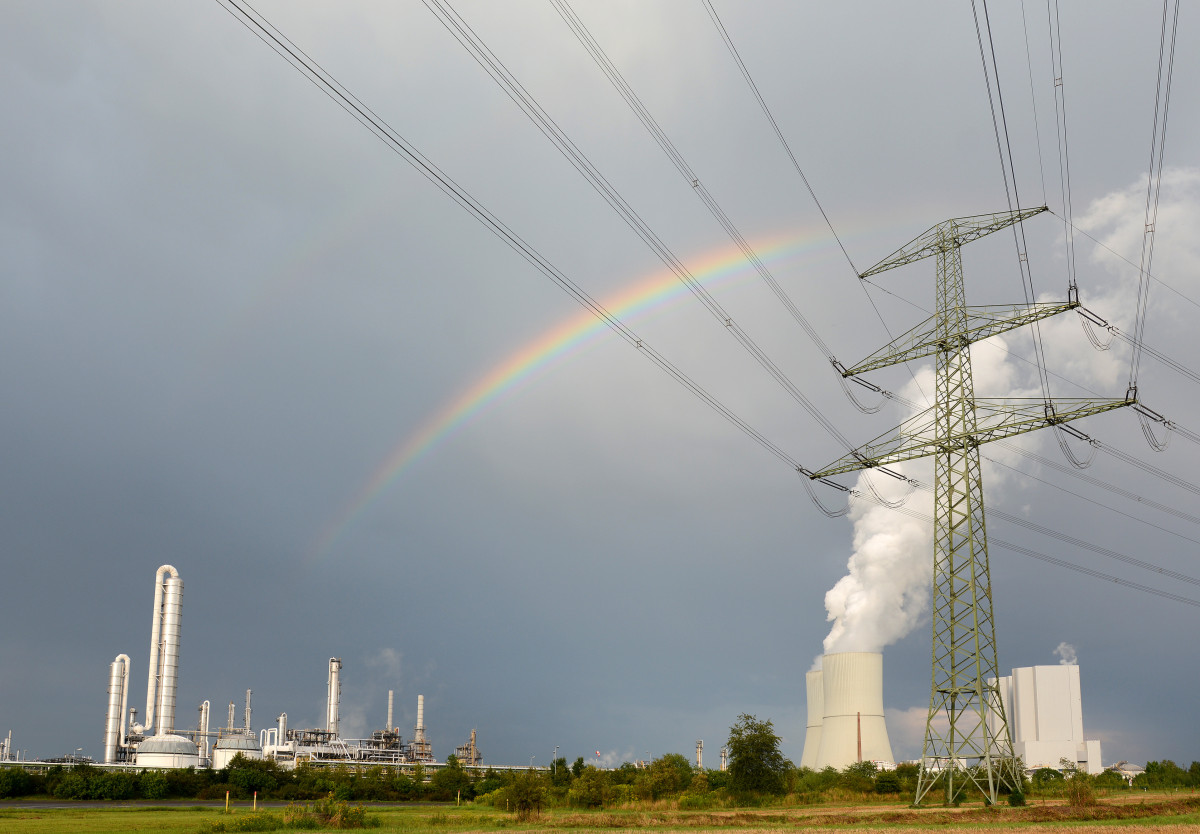Affordable, sustainable and reliable electricity: How will Europe deliver on its promise?
- Contents
- Crucial EU electricity market integration collides with member states' worries of uneven benefits
- Q&A: Capacity mechanisms in Europe's fossil-free electricity system
- Q&A: What are dynamic electricity tariffs and why are they central to the energy transition?
- Q&A: EU Grid Package – How Europe plans to bolster the energy transition’s backbone
- CASE STUDY: GERMANY HALFWAY THROUGH ITS ENERGY TRANSITION
- Q&A: How will Germany support the expansion of renewables in future?
- As renewables grow, Germany must jumpstart flexible electricity consumption – start-up unicorn
- BACKGROUND
- The power market and the energy transition
- How can Germany keep the lights on in a renewable energy future?
To reach its goal of climate neutrality by mid-century, Europe must overhaul its economy to run on clean electricity. This requires a major shift in how power is generated, consumed, and delivered. The electricity system must become far more flexible to ensure reliable supply across households, industry, transport, and other sectors, as wind and solar are inherently intermittent and decentralised.
As conventional and polluting power plants are decommissioned, electricity generation can no longer be easily adjusted to match demand. Instead, power demand must increasingly adapt to renewable generation. To complicate matters, demand for electricity is surging as electrification progresses, while demand patterns are changing, putting growing pressure on Europe’s ageing electricity infrastructure.
Seizing the opportunities of renewable energy and addressing its challenges requires smarter ways of managing the entire system - from generation to distribution and final use. Electricity markets are central to this task. They play a key role to deliver on the aim of having an affordable, climate-friendly, and secure electricity system.
New market rules are needed to make a renewables-based, electrified economy thrive. These rules shape investment in generation and storage, guide consumer behaviour, and ultimately influence the cost of the transition.
This dossier explores the key challenges and opportunities in reshaping Europe’s power markets for a carbon-free future.
Crucial EU electricity market integration collides with member states' worries of uneven benefits
The EU has worked for decades to merge the electricity markets of its member states and make the flow of power across borders as seamless as possible. As renewables reshape electricity systems, it is ever more important to integrate ever more to strengthen supply security, ensure affordability and advance sustainability. However, the union will have to address pressing challenges arising from this interdependence or risk the project stalling, say experts.
This factsheet outlines the EU’s goal and what hurdles lie along the way.
Q&A: Capacity mechanisms in Europe's fossil-free electricity system
Electricity systems are becoming cleaner and more complex with the steady expansion of renewables and phaseout of fossil fuels. Capacity mechanisms can help ensure countries have enough backup to keep the lights stay on, especially during extended periods of little wind and sunshine. They are key for a secure supply of power as the energy transition advances, analysts say. However, details matter when designing them to avoid high costs and the lock-in of fossil fuels.
Read the Q&A here.
Q&A: What are dynamic electricity tariffs and why are they central to the energy transition?
Dynamic electricity tariffs allow households to save money by shifting power consumption to sunny or windy periods, when plentiful renewable energy generation pushes wholesale prices down. Consumers reacting to power prices that vary with time also benefit the entire electricity system because they help to stabilise the grid. These flexible tariffs are already commonplace in Nordic countries, but they are just getting started in Germany, which lags in the installation of smart meters – a requirement for households to benefit from dynamic pricing.
This factsheet breaks down what dynamic electricity tariffs are, why they are important, and Germany and Europe's experience with them.
Q&A: EU Grid Package – How Europe plans to bolster the energy transition’s backbone
Europe’s electricity grids have become a bottleneck rather than a driver of the energy transition. This comes with costly consequences for the EU’s competitiveness and green future. With its Grid Package, the European Commission aims to tackle structural challenges by bringing a European perspective to planning, strengthening interconnectivity, and supporting the rapid electrification of transport, heating, and industry.
Read the Q&A here.
CASE STUDY: GERMANY HALFWAY THROUGH ITS ENERGY TRANSITION
Q&A: How will Germany support the expansion of renewables in future?
Guaranteed feed-in support payments for renewable energy projects have been at the heart of Germany's energy transition since they were introduced in 1990, and have been emulated across the globe. Renewables are now the cheapest form of generating electricity, and the fastest growing power source in the country. As their share in the electricity mix grows, the country has to figure out how to bring integration costs down while spurring investments on. Germany is still a pioneer amongst big industrialised economies in rolling out renewables – meaning the discussions that the country is having now will be relevant for others around the world in future.
Read the Q&A here.
As renewables grow, Germany must jumpstart flexible electricity consumption – start-up unicorn
The cheapest way to make the most of a growing renewable electricity supply is to ensure demand follows power generation, and not the other way around – which is still the case today. Dynamic electricity tariffs, which reward households with low prices for using electricity when it is plentiful, play a key role in this fundamental shift, says Jannik Schall, co-founder of energy management start-up 1KOMMA5°. However, the fact that Germany has made it mandatory for electricity suppliers to offer these flexible contracts from 2025 will not automatically lead to higher uptake numbers, he told Clean Energy Wire.
Read the interview here.
BACKGROUND
The following text is from 2015, but still provides useful background information.
The power market and the energy transition
The Energiewende involves tough choices for politicians: How will Germany organise the market around the ever-increasing share of renewable energy? What happens if the sun does not shine and there is no wind? A decision by the German government to put their trust in the free market will have long-lasting implications. Most experts agree there will be little or no investment in fossil power plants in the future, but disagree if this really matters.
Read the deep dive here.
This factsheet from 2017 is also a good place to start to understand the shifts happening in Germany's (and Europe's) electricity systems.
How can Germany keep the lights on in a renewable energy future?
Germany’s shift to green energy continues apace. But how will a fully renewables-based electricity system power the world’s fourth-largest economy on days when there's no sun or wind? Energiewende opponents argue Germany will face unavoidable power shortages, while proponents of the transition point to a whole range of options.
Read the factsheet here.

